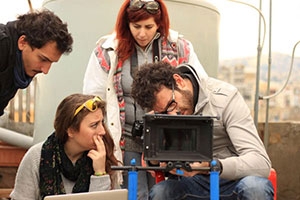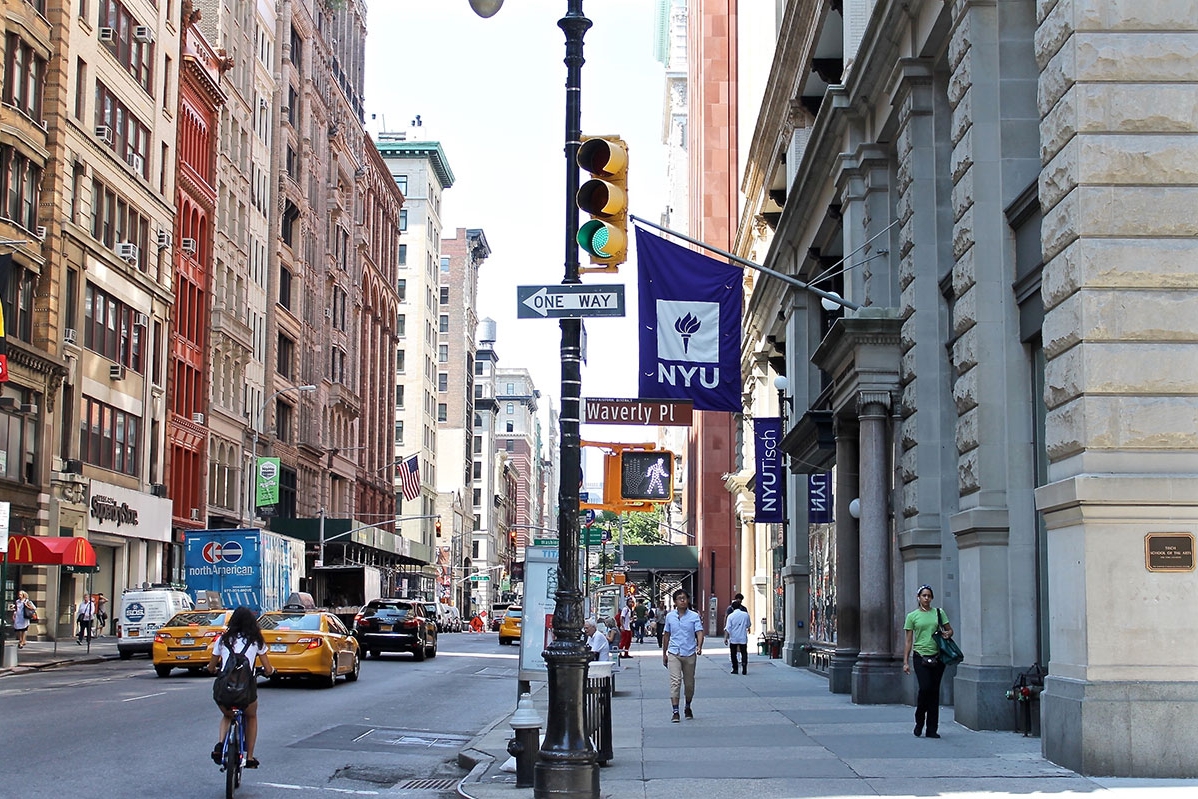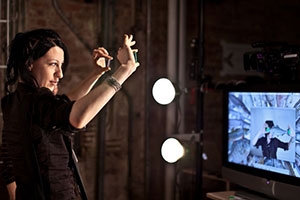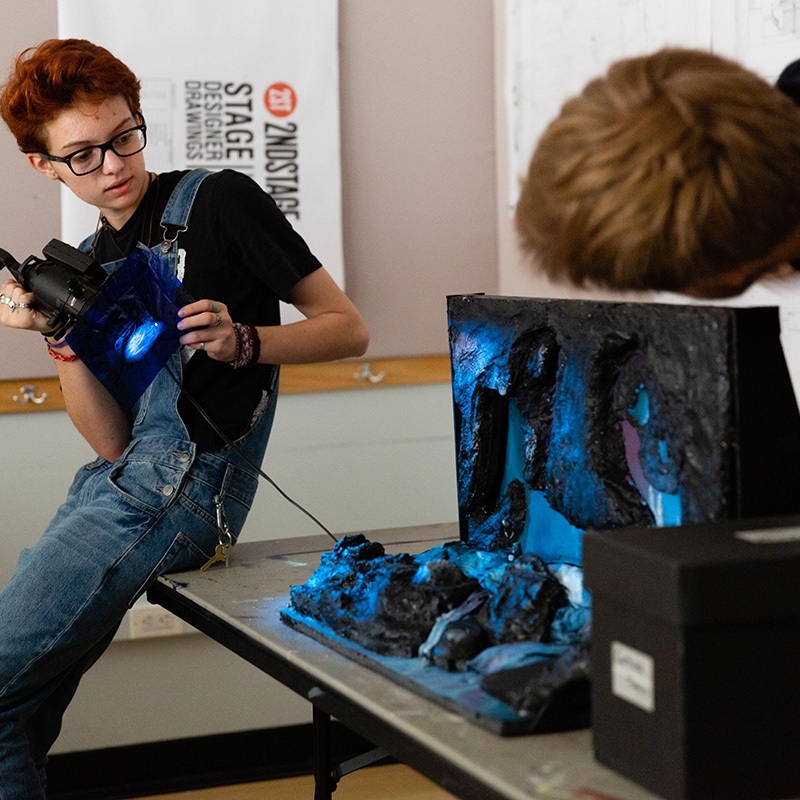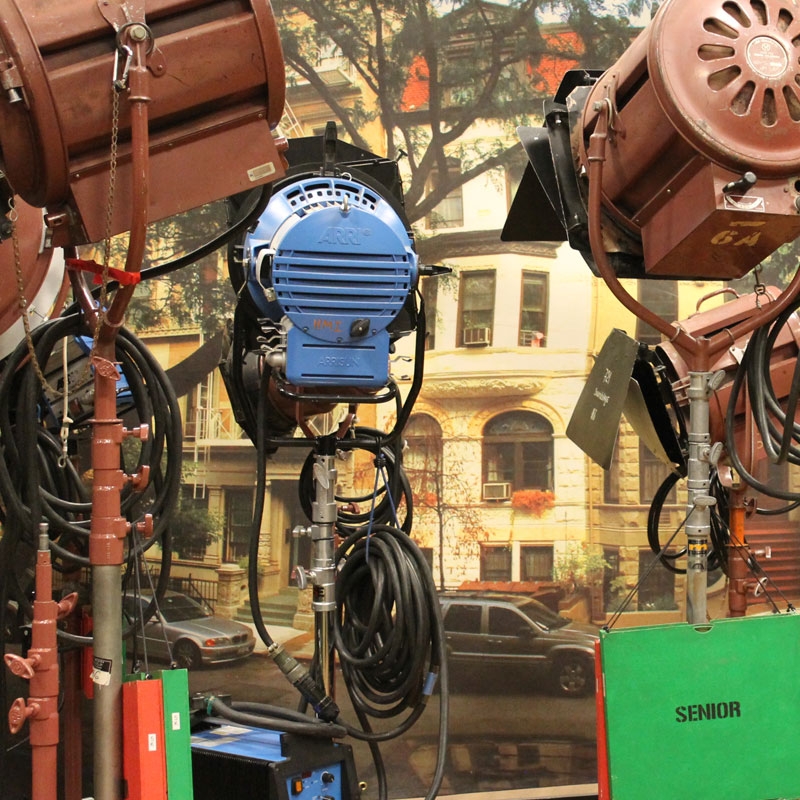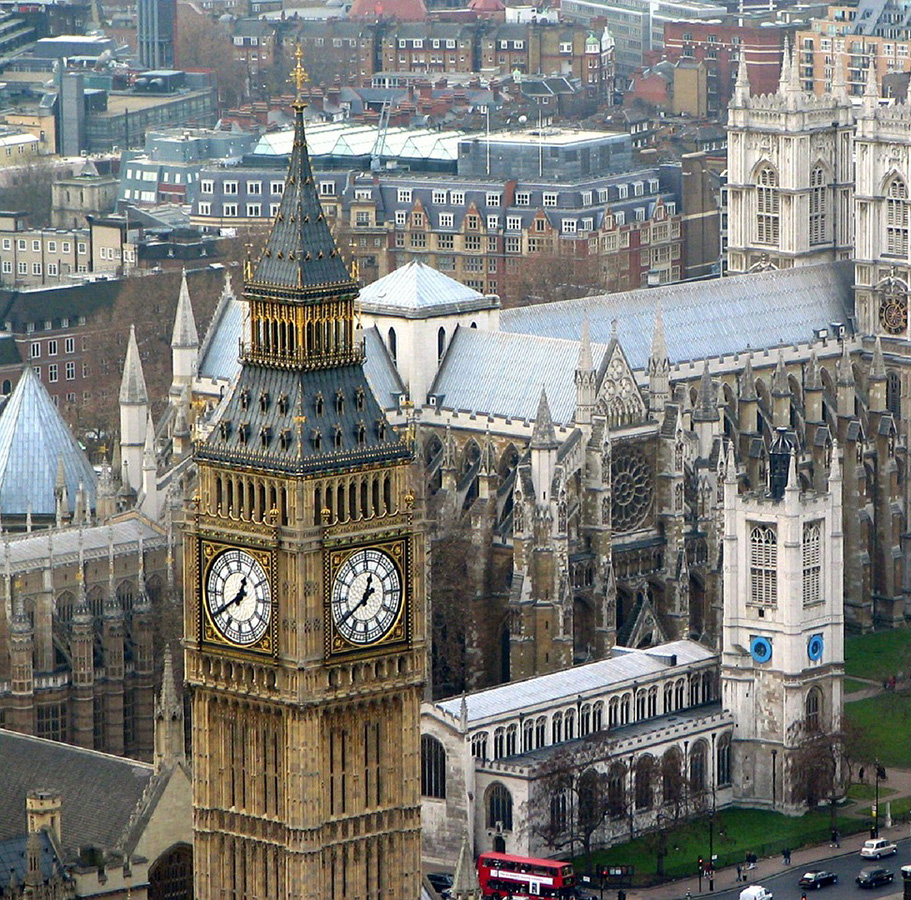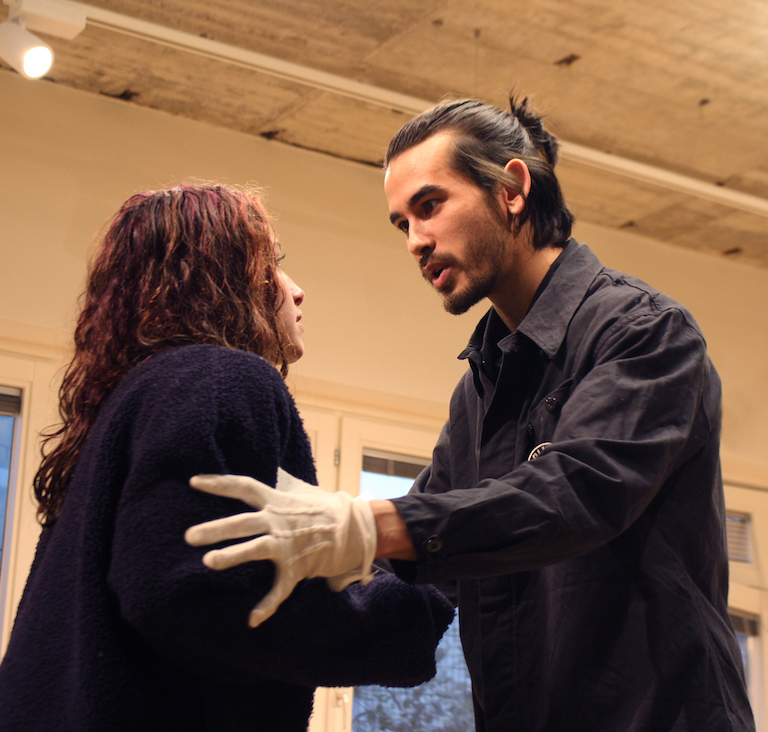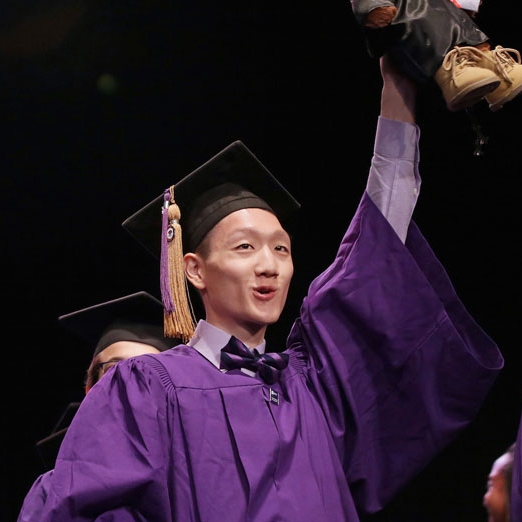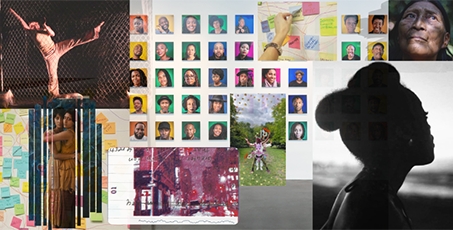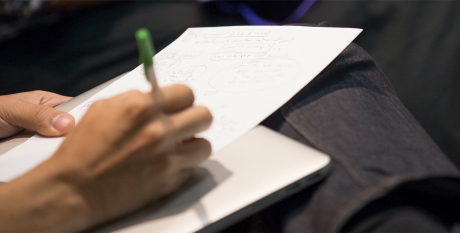Ballet I
OART-UT 806 | 2 units | Instructor: Selina Chau
This course is an introduction to the fundamentals of classical ballet technique. Looking into the evolution of ballet from the time of Louis XIV through the present, students will explore the different styles of training and performance presentation through the use of images, video, practice and discussions. Reading assignments will be provided to explain how social changes have affected the development of ballet technique and choreography. A thorough warm-up will be given in each class. The technical content will vary according to the skill level of the class and the individual dancer. Through the instruction of proper alignment and dynamic imagery, students will learn how to dance safely and improve their technical skills effectively. All levels are welcome. No previous dance experience is required. The course is designed to help students develop a clean and precise technical base for ballet dancing. Through practice and application, students will understand the unique structure of their own bodies and expand their awareness of self and others. They will discover new technical capabilities regarding flexibility, strength, coordination, balance and their comprehension of the ballet form in relation to music, space, time and energy. Eventually students will experience how the mind, body and breath come together to produce greater freedom in movement. Discussions will examine how this informs personal interactions in everyday life. Students are encouraged to study the different styles of ballet and ballet performers around the world. For the final group project, students will choreograph a short ballet that incorporates ballet vocabulary, dance or pedestrian movements and an idea that’s related to today’s society.
NOTE: There is a liability insurance fee associated with this course.
